Phylum Chordata Rank Species | Scientific name Bradypterus sylvaticus Higher classification Bradypterus Order Passerine | |
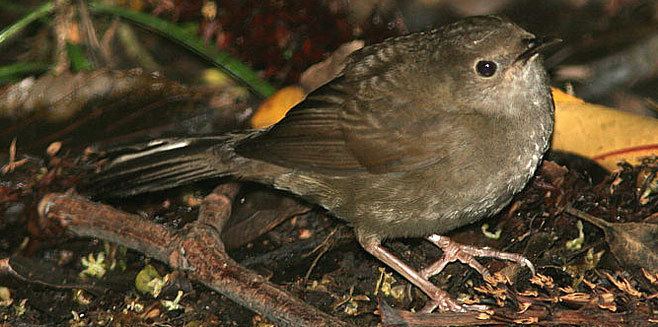 | ||
Similar Barratt's warbler, Bangwa forest warbler, Bradypterus, Long‑tailed bush warbler, Brown emutail | ||
Birding in the eastern cape south africa knysna warbler
The Knysna warbler or Knysna scrub warbler (Bradypterus sylvaticus) is a very shy and cryptic warbler, endemic to the coastal regions of South Africa. Its population is small and probably declining, due to natural and artificial fragmentation of its habitat, and limited dispersal and reproductive ability.
Contents
- Birding in the eastern cape south africa knysna warbler
- Knysna warbler bradypterus sylvaticus
- Description
- Habitat and range
- Habits
- Similar species
- References
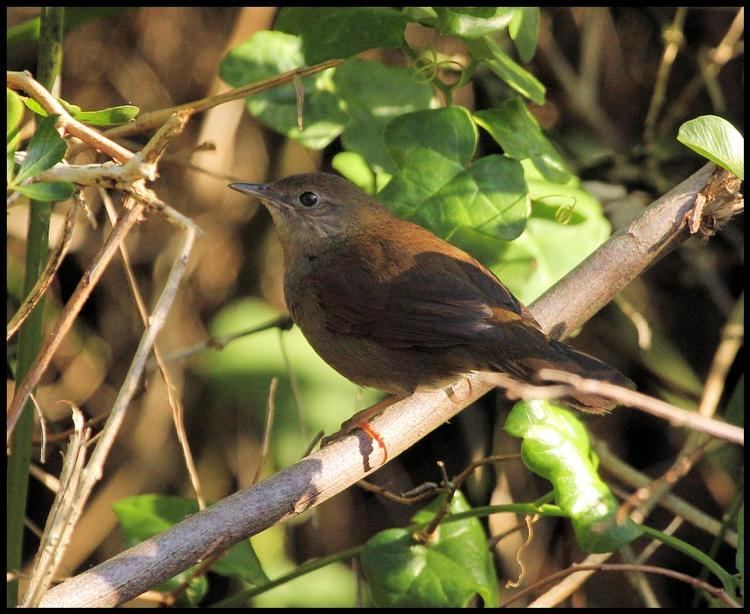
Knysna warbler bradypterus sylvaticus
Description
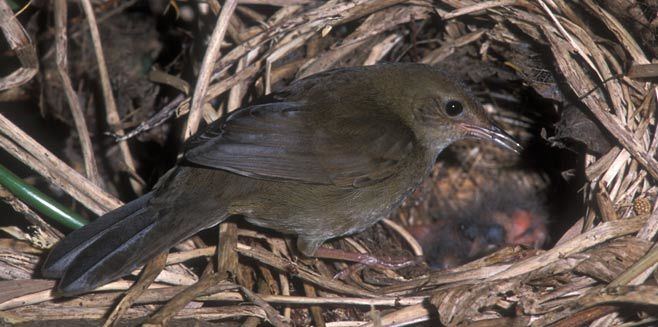
Brown with an olivaceous tinge on the upper part plumage, including the wings and tail. Below it is paler olivaceous brown, and whitish on the centre of the belly. The chin and throat are olivaceous brown, but mottled whitish and finely streaked. The tail is relatively short and square. The eye, bill, legs and feet are brown, though the lower mandible is paler and horn-coloured.
Habitat and range
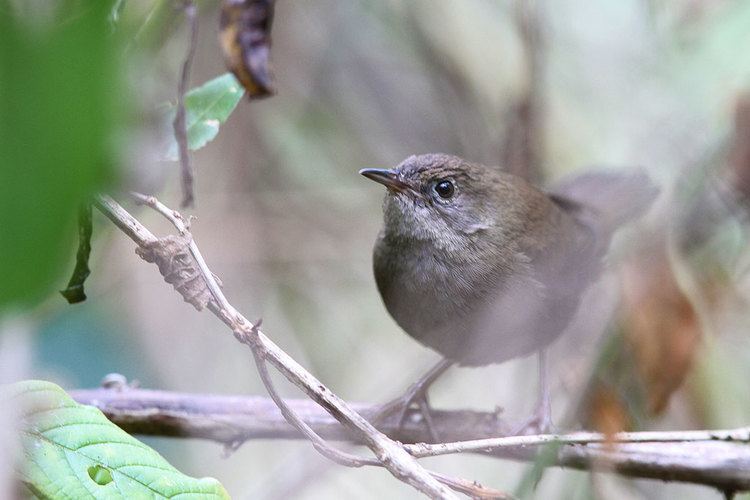
Their habitat is dense tangled scrub of forest edges, on or relatively near the coast. It has adapted to non-native bramble thickets and colonised suburban riparian woodland, though without any marked range expansion.
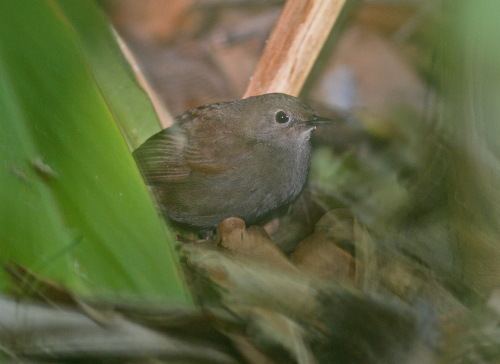
They occur along the coast lines of the southern Western Cape and Eastern Cape. It occurs marginally in KwaZulu-Natal, but is extinct from the vicinity of Durban, due to habitat loss. A small population of less than 40 pairs exists on the eastern slopes of Table Mountain, Cape Town, and it is present in forested valleys of the Langeberg. It has been recorded from some 24 nature reserves, including the Addo Elephant National Park.
Habits
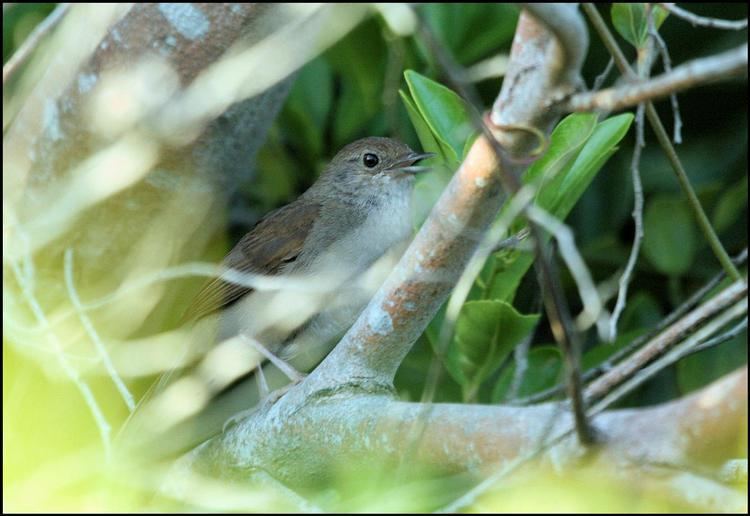
It stays near the ground, at the base of vegetation, and is hard to observe. It may frequently forage on the ground. It has a distinctive tabirr call and a fine, accelerating trilled song, which can be used sparingly to call it into sight.
Most breeding territories are established in dense vegetation along streams, and nests are placed very close to the ground. They may be highly philopatric - one of three colour-ringed nestlings was seen a year later occupying its parent territory. May undertake local migration.
Similar species
It is replaced northwards by the similar Barratt's warbler, which has a somewhat longer tail, mottled throat, and distinguishable call and song.
